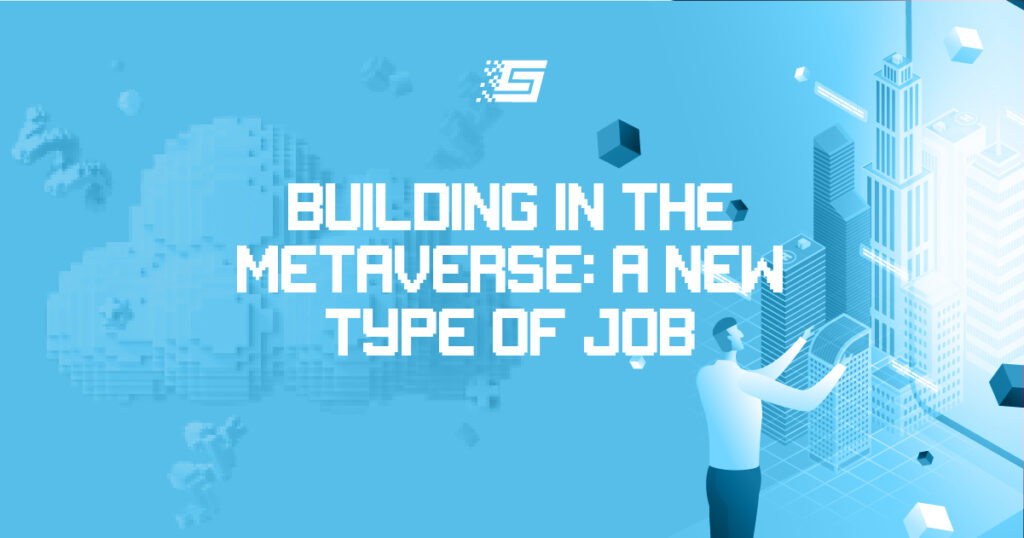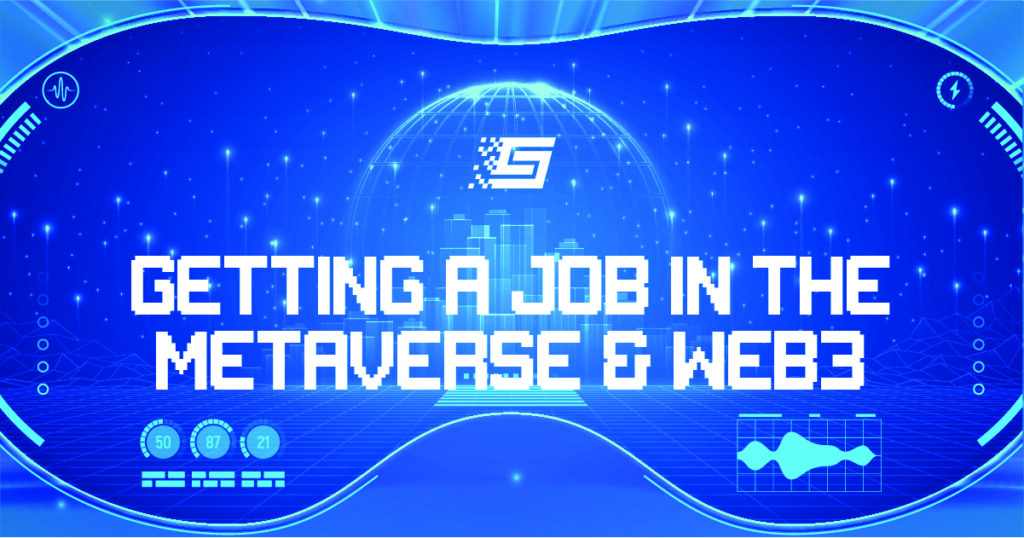A Decentralized Metaverse
Multiplayer online gaming platforms (MMO) recently took the world by storm. These games can technically be categorized as embryonic metaverses. But the word was dormant in wider culture up until we saw the crypto bull runs of late.
Access points for metaverses include general-purpose computers and smartphones, augmented reality, mixed reality, and virtual reality.
Proposed applications for metaverse technology include improving work productivity, interactive learning environments, e-commerce, real estate and fashion. But a vast amount of metaverses currently under development focus solely on gaming.
The concept recently received a significant amount of mainstream attention since Facebook announced its rebranding, becoming Meta in October of 2021.
Let’s examine the main distinction between metaverses: whether a platform’s model is decentralized (Web 3), such as Sandbox or Decentraland, or developed and run by the current Web 2 gatekeepers of this generation.
Centralized Metaverse Platforms
Components of the technology that the metaverse will use already exist in online video games. Social interactions and 3D virtual worlds are integral features in a vast amount of multiplayer online games.
Early examples of metaverses include platforms like Active Worlds and The Palace.
The platform Second Life is often referred to as the first metaverse. It incorporates aspects of social media into a 3D world, with users represented in the form of an avatar.
Popular games such as Minecraft, Habbo Hotel, World of Warcraft, Fortnite, and VRChat can all be described as metaverses. Also, the game creation platform Roblox falls under this category and has employed heavy usage of the term in their recent marketing campaigns.
Microsoft’s newly acquired AltspaceVR has implemented metaverse features like virtual avatars and meetings in virtual reality on Microsoft Teams.
In 2019, the social network platform, Facebook, launched the social VR world, Facebook Horizon. As previously mentioned, in 2021, Facebook rebranded, changing its name to “Meta Platforms”. Mark Zuckerberg declared a company committed to producing a metaverse. Yet many of the virtual reality technologies advertised by Meta Platforms remain to be developed.
In 2022, HTC launched the cross-platform metaverse ecosystem VIVERSE, permitting connections between virtual worlds through VR and non-VR devices, notably supporting parental controls for children.
Decentralized Metaverse Platforms
At the moment, most crypto metaverses focus mainly on gaming or social interaction only. They offer NFT land, various other assets, and also P2E (play-to-earn) incentives to encourage adoption.
Leaving out Sandbox and Decentraland, two of the biggest names that pioneered the production of these new decentralized virtual worlds, lets take an in-depth look at what’s important in some of the other upcoming Web3 versions of metaverses:
Decentralized Metaverses
Bloktopia (Polygon)
Bloktopia, a decentralized virtual reality skyscraper on the Polygon network, has 21 floors (to pay homage to the maximum supply of Bitcoin, 21 million). It will act as a central hub where users will go to learn, earn, and play. Furthermore, it gives enthusiasts an innovative and engaging atmosphere to build and create in.
This metaverse will consist of real estate “BLOKS”, completely user governed. Users have the option of leasing as well as monetizing the virtual land through sponsorship and advertising.
It has its own non-fungible token (NFT) marketplace and uses the native token, BLOK, serving as the in-game currency for its metaverse. The governance token grants voting rights to holders and can be used for staking or utilizing the rewards program.
Also of note, the skyscraper will feature a shark tank-like environment, BLOK-BIT, where projects needing funds could pitch ideas in the hopes of receiving tokens from BLOK holders.
Somnium Space (Ethereum)
In Somnium Space’s metaverse, users can purchase digital land, interact with one another, and also trade in-game assets.
Once a user acquires a piece of virtual real estate, they can develop a variety of structures like customized homes, restaurants, shopping malls, hotels, theaters, and stadiums.
These virtual cities serve as a medium for participants to socialize, learn, work, and trade goods. Creators receive funds every time a user visits their virtual world.
CUBE is the native token of Somnium Space. It follows the ERC-20 standard, powering all in-game transactions. Somnium Space is developing a second layer on the Polygon blockchain. This is mainly in order to avoid the infamous fees in busy hours that Ethereum charge.
Users can access the platform through all major PC-based VR headsets, such as VALVE, Oculus, and HP HTC Vive, and also all of the Windows Mixed Reality headsets.
Axie Infinity “Kingdom” (Ethereum)
The Axie Infinity project became the biggest crypto game of 2021, recognized as the leader in NFT gaming.
Axie Infinity is an Ethereum-based game universe featuring Pokémon-like creatures named Axies. Gameplay revolves around collecting the Axies as pets, breeding and raising them for use in battles.
Players can purchase and rent virtual land on the platform once the newly announced upgrade, dubbed Project K for ” Kingdom” becomes fully operational. City-builder mechanics will facilitate the building of structures in their Kingdoms, and players can harvest resources on the platform as well as fight for control of territory.
In the player-owned economy (based on an ERC-20 dual-token model), users can trade the resources earned in the game. The AXS (Axie Infinity Shards) token, used for governance in the Axie universe, has an optional staking feature. SLP (Smooth Love Potion), the other of the two tokens, is fundamental to the reward program, earned by playing the battle or adventure modes.
Memoverse (Binance Smart Chain)
This memorization gamified platform has its own NFT marketplace and also decentralized finance (DeFi) instruments. It uses one of the most powerful mnemonic techniques that has ever been developed, the “memory palace”.
Memoverse is a vibrant play-to-earn open world that uses city builder and puzzle mechanics. Players earn $MEMO tokens in the game by creating or owning memory palaces and also competing in memorization tournaments.
Each NFT represents a 3D asset in the Memoverse: Land, Rooms, Palaces, and Locis (objects and items). Users design the NFTs and assets and can sell them on or trade them on the Memoverse marketplace.
Wilder World (Ethereum)
Wilder World is built on the Ethereum blockchain. This metaverse features lifelike graphics with the help of Unreal Engine 5. It leverages Zero’s peer-to-peer social network as well as its operating system, ensuring transparent data ownership, and also platform incentives and governance.
This is another project pioneering its own decentralized NFT marketplace along with a dynamic token model. These features enable co-ownership of NFTs, which are more than just collectibles in Wilder Worlds; they have utility within its metaverse to allow for customization of avatars or items that can interact with the environment.
The project, governed by a decentralized autonomous organization (DAO), offers the chance to create with zero fees. It uses the native token, $WILD, with token holders able to vote and make decisions on the direction of the development as well as improvements with the metaverse.
The platform amassed much attention and hype in a relatively short amount of time and stands out among other competing projects with its fully decentralized, community-owned metaverse.
Written by: Tyler
Follow me on Twitter!


